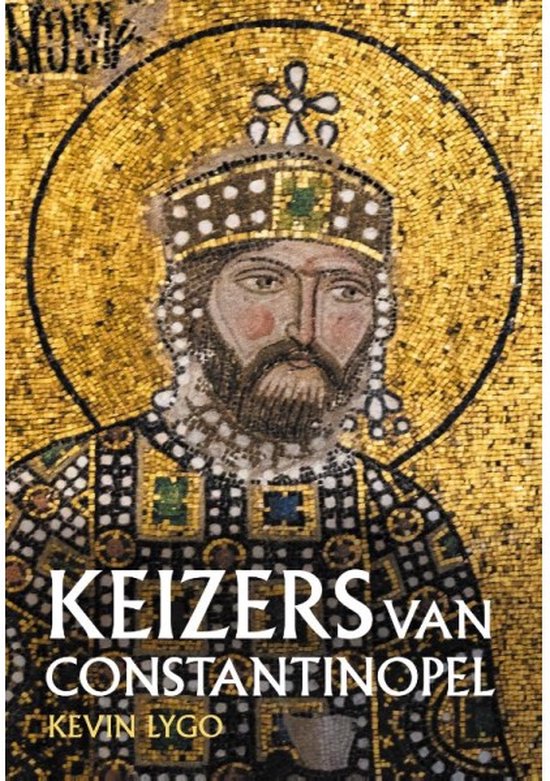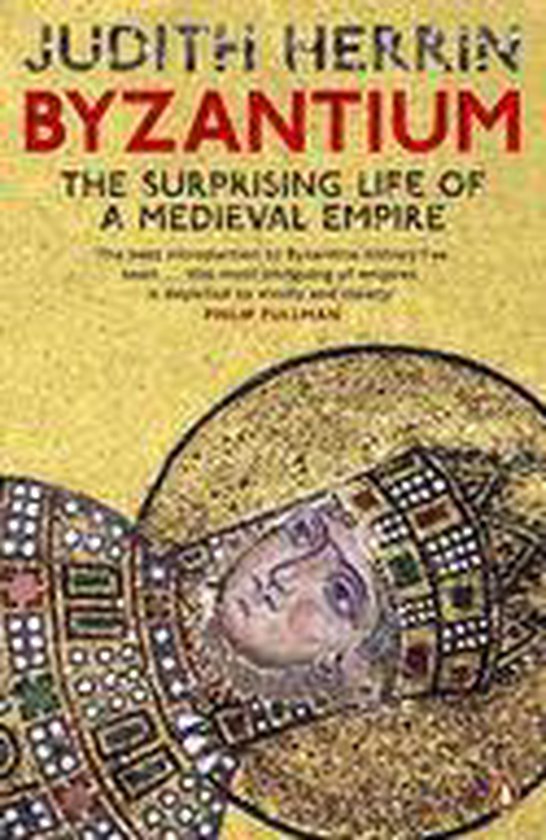
Byzantium
For a thousand years, Byzantium was a byword for imperial power, gold and international trade. This extraordinary but now little known empire combined paganism and classical Greek and Roman learning with orthodox Christianity, and for centuries held back the armies of Islam, making possible the transition from antiquity to modern Europe. From the prominence of eunuchs to the secret of 'Greek fire', it was surprising, creative and audacious. Many long tomes have plodded through the emperors and battles of Byzantium, from the founding of its magnificent capital of Constantinople (today's Istanbul) in 330, to its fall to the Ottoman Turks in 1453. Judith Herrin takes a new approach. In a concise and compelling account, she focuses each short chapter around a theme such as a building (the great church of Hagia Sophia), luxury silks, iconoclasm, the fork, the crusades, or an individual, using them to take the reader on a journey from ancient to medieval times.
She paints a magnificent panorama of the forces and beliefs at work during the millennium of Byzantium, and brings the experience of the Byzantine age to life in a beautifully written and exceptionally accessible work that is also an original contribution to historical scholarship.
She paints a magnificent panorama of the forces and beliefs at work during the millennium of Byzantium, and brings the experience of the Byzantine age to life in a beautifully written and exceptionally accessible work that is also an original contribution to historical scholarship.
| Auteur | | Judith Herrin |
| Taal | | Engels |
| Type | | Hardcover |
| Categorie | | Geschiedenis |





